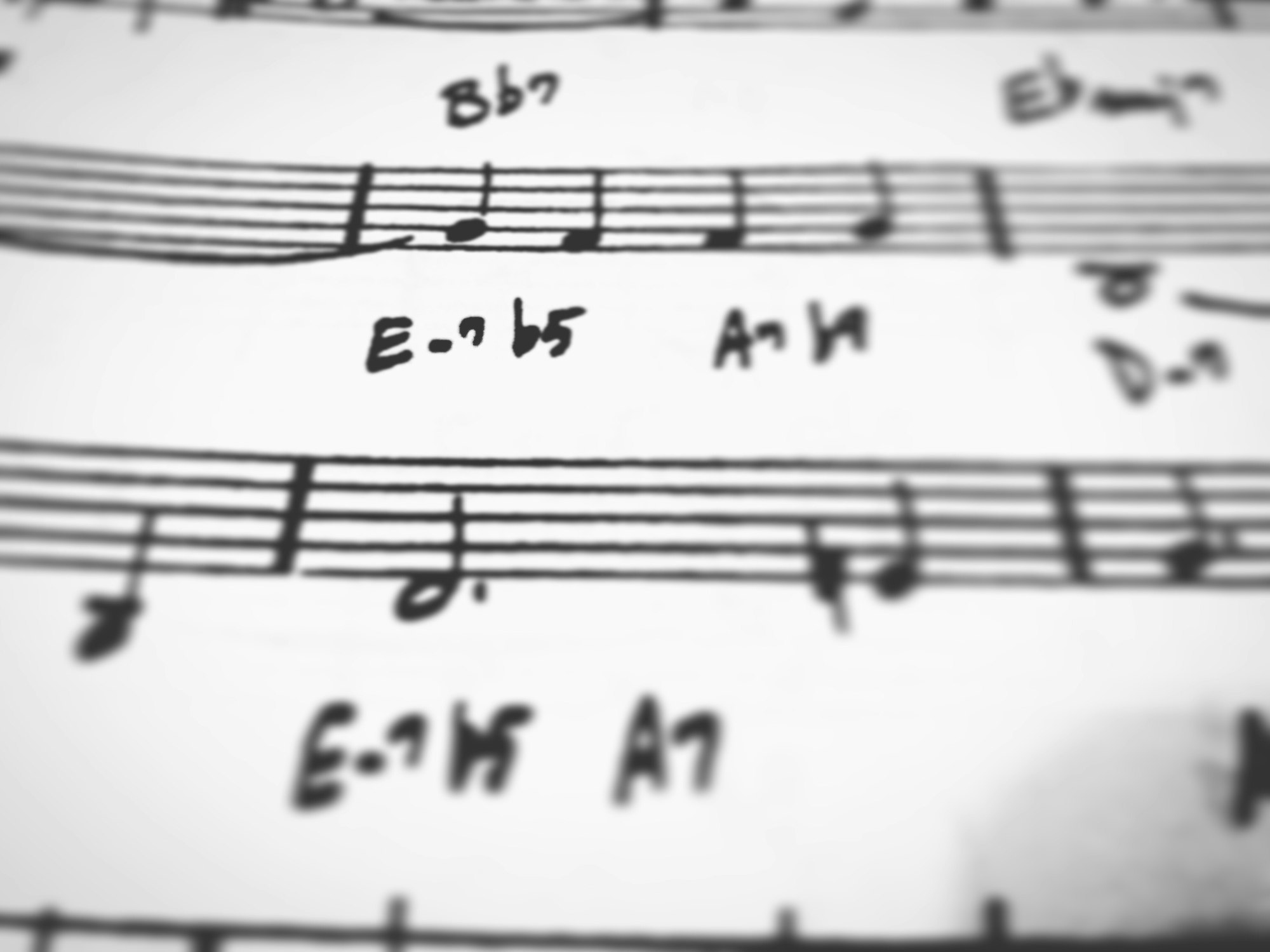Part Six: Visualize, Read, & Write Memorization Techniques
BY MEGHAN VANCE • April 9, 2024
As we continue applying learning styles to memorization, we’ll consider visual and read/write styles together. Many musicians visualize their music naturally. In fact, musicians read ahead of the notes they’re playing: you read the notes, memorize them briefly, and play them as you read and memorize upcoming notes. How can you use these skills to hone your musical memory?
ZOOM OUT & ZOOM IN
Most of us don’t have a photographic memory. We can, however, help our brains see the music as an image. If you close your eyes, can you visualize the page? How big is it? What shade? Try to visualize the music on the page. How wide are the margins? Spaces between the lines? How many lines of music are on each page?
Musicnotes.com writes “As all musicians know, there is far more to memorization than the notes…. You must also memorize dynamics, repeats, tempos, time signatures, codas, lyrics (in the case of vocalists), fingerings (in the case of instrumentalists), expressions, crescendos, and so much more.” That’s a lot of information! But a picture is worth a thousand words.

Start small. Begin by picking one aspect of the music from the list below:
- Tempo
- The beginning of a section, such as a page, line, or phrase
- Notes
- The melody’s register
- Chords
- Prevalent rhythms
- Structure
- Fingering
- Direction of the notes
- Dynamics
- Location of hard spots
- Mood
- Common error spots
Focus on one small spot where the aspect occurs. Examine it carefully. Close your eyes, visualize the page as a blur, then “zoom in” to the aspect you chose, imagining the details becoming clearer. Open your eyes and examine the music. What did you miss? Repeat the process until you have a clear mental image.
VISUALIZE & VERBALIZE
Combine your visualization skills with the verbal skills you learned in part four. Musicnotes.com suggests you “Talk through the music, bringing attention to any tough sections or sudden changes in expression.” Like before, start by focusing your eyes on one aspect, such as dynamics. For instance, you might say: “In the middle of page one, at the start of the second ending, the dynamic suddenly drops to mezzo piano.”
WRITE IT OUT
You’ve likely used this technique in other disciplines by taking notes or making flashcards. Writing, drawing, and notating information can all strengthen your ability to visualize information. If you’re memorizing lyrics, Musicnotes.com states writing them “…forces you to concentrate on each individual word. Seeing the words in your own writing can also help you visualize them….”
Flashcards can be used by vocalists and instrumentalists. On the front of your flashcard, write the phrase’s first lyric or the number/location of the phrase. On the back, write details about the phrase (see the list above), or the remainder of the phrase’s lyrics. For a more visual approach, try charts. Write out the structure of the song or write the song as a chord chart. Make a chart on which you draw the shape of each phrase. If you really want a challenge, try notating the music.
One advantage of these techniques is that they don’t require you to have your instrument in hand. This means you can take Rick Wormeli’s advice: “At every waiting time in your life, practice the lines or information. This keeps the information on our mental radar scope and memorized under a wide variety of conditions, which creates a memorization dexterity that’s important to recalling the lines when we most need them for a performance or test. The more contexts in which we recite the information, the more versatile we are with that information.”

WRITE IT IN
You want your music to be readable, and you may need to keep it clean for a teacher or judge. So make a copy, or several, one for each aspect you want to study. Write in every dynamic you’ve added, every articulation you’ve chosen, every tempo you’ve changed. Write in the form and the chords. Color-code phrases, main ideas for each phrase or voice, note direction, intervals. Label sequences. If you haven’t written it, you can’t read it.
Next, practice from your clean copy and from each copy you’ve created. The bloggers for Sheetmusicnow.com state you should “…carry the music with you and look at it in your spare time. Study it. Sing through it. Be able to hear the music in your mind while looking at the music. The more you look at it and the more you study it, the greater chance you will have at memorizing it.” In other words, the more often you really look at your music, the more likely you’ll be able to visualize your music when you’re not looking at it.
In the next installment of this series, we’ll finish our learning styles focus with imaginative memory techniques.

